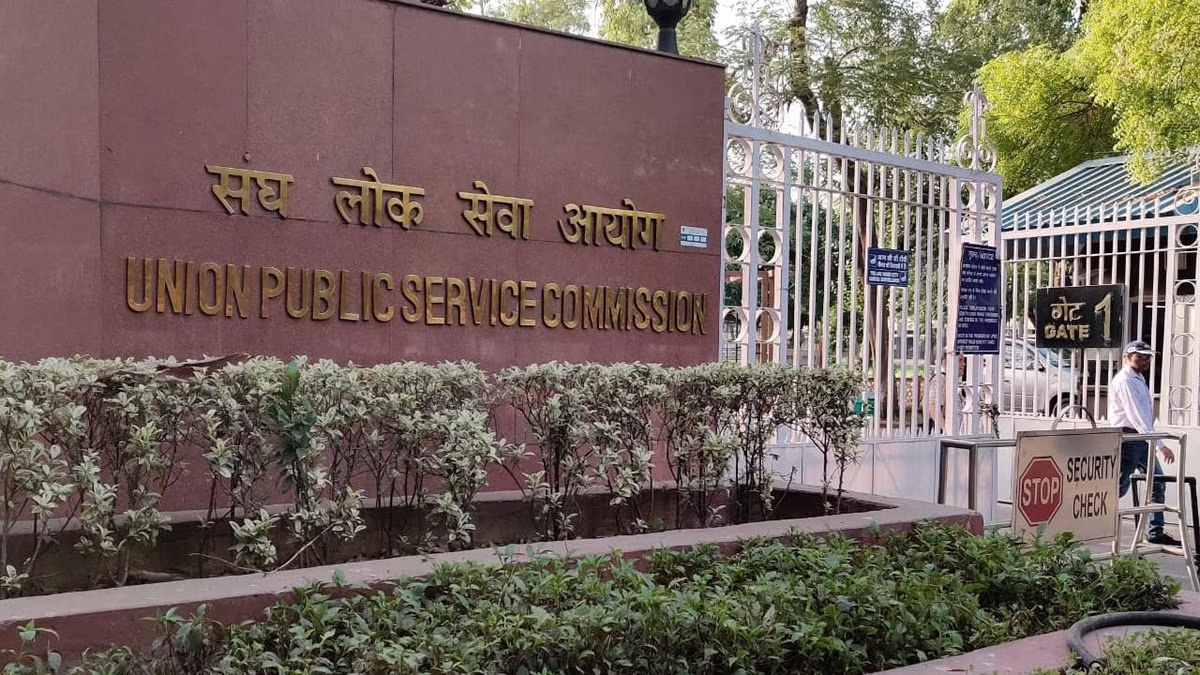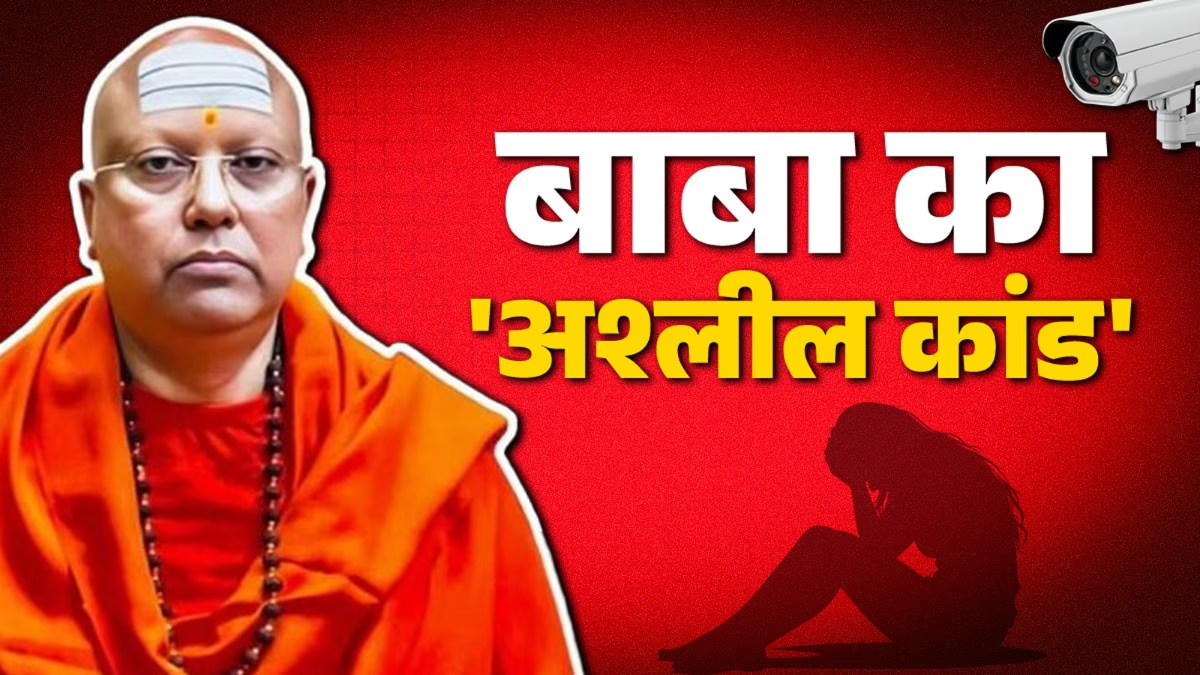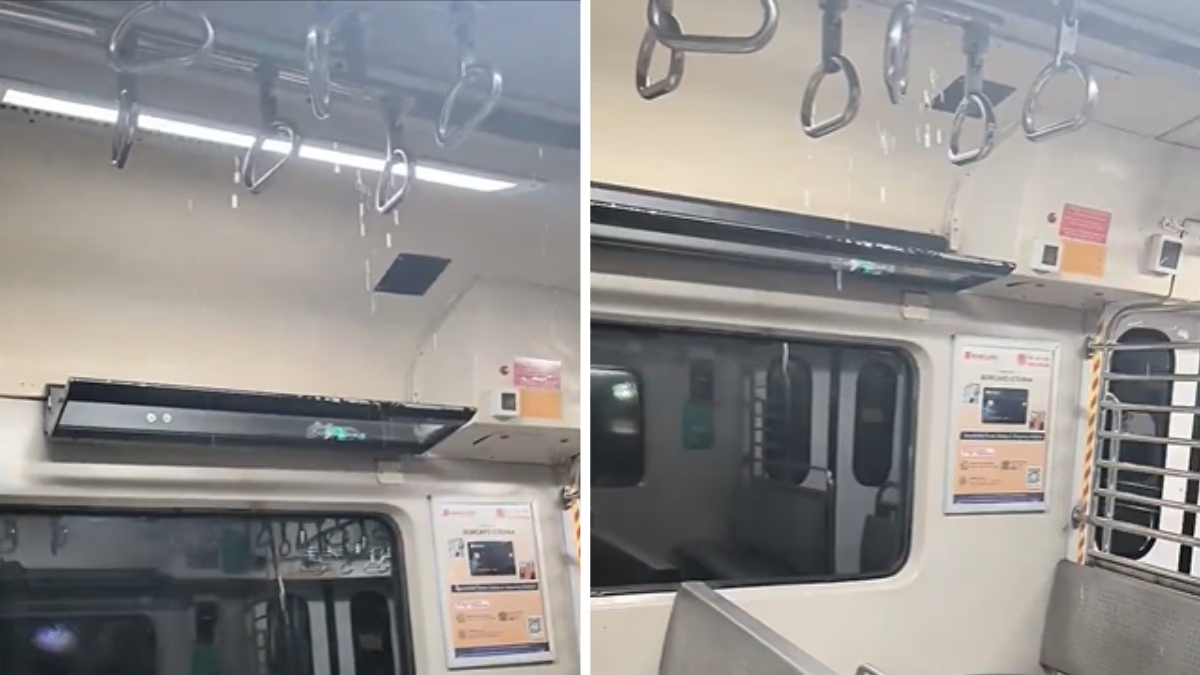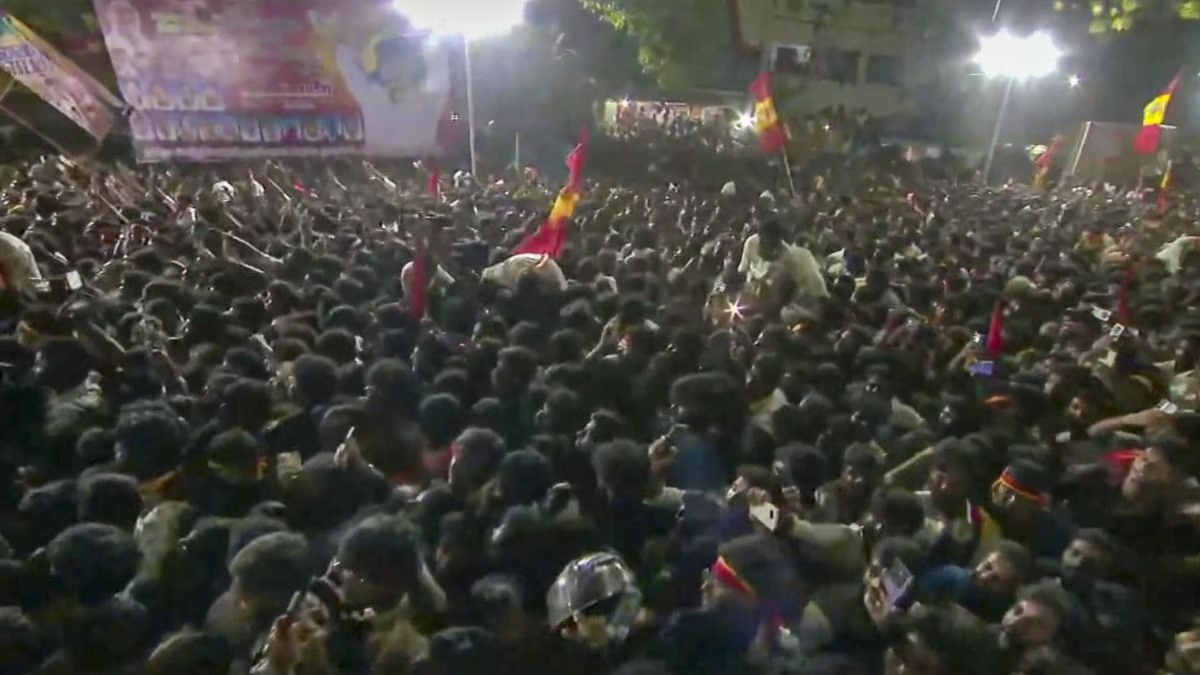On August 17, 2024, the Union Public Service Commission (UPSC) issued an advertisement inviting applications for 45 positions of Joint Secretary, Director, and Deputy Secretary through lateral entry in 24 central government ministries. Individuals with relevant experience in state and union territory governments, public sector undertakings (PSUs), research institutes, universities, and even the private sector, possessing the required qualifications, are eligible to apply under lateral entry. Differently-abled candidates can also apply for all positions.
Opposition parties are fiercely criticizing the central government for recruiting key positions in the bureaucracy through lateral entry. Leader of the Opposition in Lok Sabha, Rahul Gandhi, posted on X, 'Lateral entry is an attack on Dalits, OBCs, and tribal communities. The BJP wants to destroy the constitution and snatch reservations from minorities.' BSP chief Mayawati warned that if the prescribed quota representation is not given to SC, ST, and OBC in these appointments, it would be a direct violation of the constitution. Let's understand the concept of lateral entry and how it came into existence...
When did the concept of lateral entry start and what does it mean?
The Congress-led UPA government introduced the lateral entry concept. In 2005, the second Administrative Reforms Commission was formed, chaired by senior Congress leader Veerappa Moily. The commission's report titled ‘Renewing the Personnel Administration- Achieving New Heights’ recommended introducing lateral entry for higher government positions requiring specialized knowledge and skills.
The commission emphasized five points on lateral entry:
Need for Expertise:
According to the commission, certain government roles require specific knowledge and skills that are not always available in traditional civil service officers. To fill this gap, the commission recommended recruiting professionals from the private sector, education, and public sector undertakings through lateral entry in the bureaucracy.
Creating a Talent Pool:
The commission proposed creating a pool of professionals who can be inducted into the government on short-term or contract basis. These professionals would bring new perspectives and expertise in sectors such as economy, finance, technology, and public policy.
Transparent Selection Process:
The commission emphasized a transparent and merit-based selection process for officers appointed through lateral entry and suggested establishing a dedicated agency to oversee their recruitment and management.
Performance Management System:
The commission recommended developing a robust performance management system to hold lateral entrants accountable for their work and to assess their contributions regularly.
Integration with Civil Services:
The commission stressed the importance of integrating lateral entrants in a way that maintains the structure of the civil service system while leveraging the expertise and skills of professionals brought in through lateral entry.
When did lateral entry begin in the bureaucracy?
The NITI Aayog recommended in its 2017 action agenda that the central government recruit middle and senior-level officers through lateral entry. It mentioned that such appointments would be part of the Central Secretariat on a 3-year contract, extendable up to a total of 5 years. Until then, only career diplomats (civil service officers) were appointed in the Central Secretariat.
For the first time, applications for lateral entry were invited in 2018, but only for Joint Secretary-level positions. Director and Deputy Secretary-level positions were later opened for lateral entry. The Appointments Committee of the Cabinet recommended the names of nine professionals for appointment in different departments in 2019. They received a total of 6,077 applications for these positions.The director's position is one rank below the joint secretary, and the deputy secretary's position is one rank below the director. However, they perform similar tasks in most ministries. The director/deputy secretary is considered a mid-level officer, while the joint secretary is a decision-making position.
The central government's rationale behind lateral entry
Minister of State for Personnel and Training, Jitendra Singh, explained in Rajya Sabha in 2019 that 'the objective of lateral entry is to bring in new talent and ensure the availability of manpower in the bureaucracy.' Responding to a question in Rajya Sabha on August 8, 2024, Jitendra Singh said, 'Professionals with expertise and skills in their working fields will be appointed at the levels of Joint Secretary, Director, and Deputy Secretary in the Government of India through lateral entry.'
The idea behind lateral entry is to leverage the expertise and skills of individuals with long experience in specific fields, whether they are career diplomats or not. Following this idea, various central civil services officers have been given the opportunity to serve in the Central Secretariat over the years, which was always considered IAS-dominated.
How many recruitments have been done through lateral entry so far?
The first round of recruitments through lateral entry began in 2018. A total of 6,077 applications for Joint Secretary-level positions were received. After the selection process, nine professionals were recommended for appointment in nine different ministries/departments in 2019. Applications were invited for the second time in 2021. In May 2023, UPSC issued an advertisement for recruitment through lateral entry. Jitendra Singh informed Rajya Sabha on August 9 this year that, '63 appointments have been made through lateral entry in the past five years. Currently, 57 professionals are working in various positions in central ministries/departments.'
Why is lateral entry recruitment criticized?
The Congress and other opposition parties are criticizing lateral entry recruitment on the grounds that there is no dedicated quota for SC, ST, and OBC candidates. The Congress President Mallikarjun Kharge commented on the recent UPSC advertisement, 'Lateral entry is part of a planned conspiracy, and the BJP is deliberately making such recruitments in jobs to keep SC, ST, OBC categories away from reservations.' Rashtriya Janata Dal leader and Leader of Opposition in Bihar Legislative Assembly Tejashwi Yadav condemned this move as a 'bad joke.' He stated that if these 45 appointments were made through the civil service examination, almost half the positions would have been reserved for SC, ST, and OBC candidates.
Why is there no reservation provision in lateral entry?
The Department of Personnel and Training (DoPT) stated in a circular on May 15, 2018, that 'there will be reservations for SC/ST/OBC candidates in positions and services of the Central Government with appointments lasting 45 days or more.' However, when the first round of lateral entry was ongoing in November 29, 2018, DoPT Additional Secretary Sujata Chaturvedi wrote a letter to UPSC Secretary Rakesh Gupta stating, 'Applicants with work experience in state governments, public sector, autonomous bodies, statutory bodies, universities, will be considered for lateral entry.
The letter further mentioned, 'These applicants will be taken on deputation to their related work departments. There are no instructions to apply the reservation system in deputation appointments. The current arrangement for filling these positions (lateral entry) can be seen as close to deputation, where mandatory reservation for SC/ST/OBC is not required. However, if SC/ST/OBC candidates apply for lateral entry and meet the necessary qualifications, their appointments should be considered, and such candidates should be given preference in similar positions to ensure their representation.'




